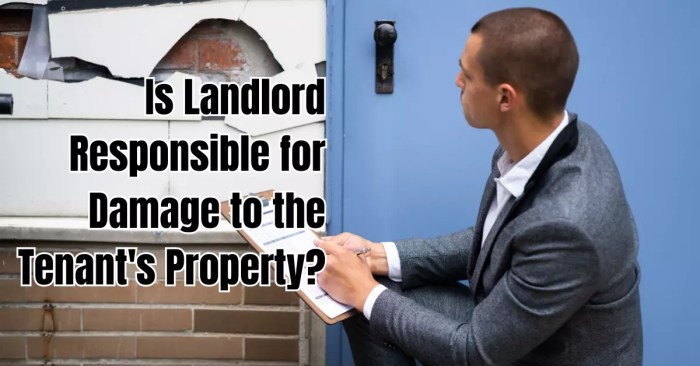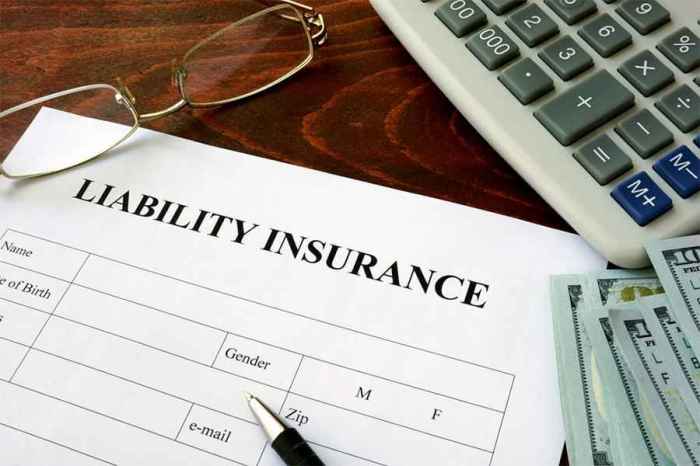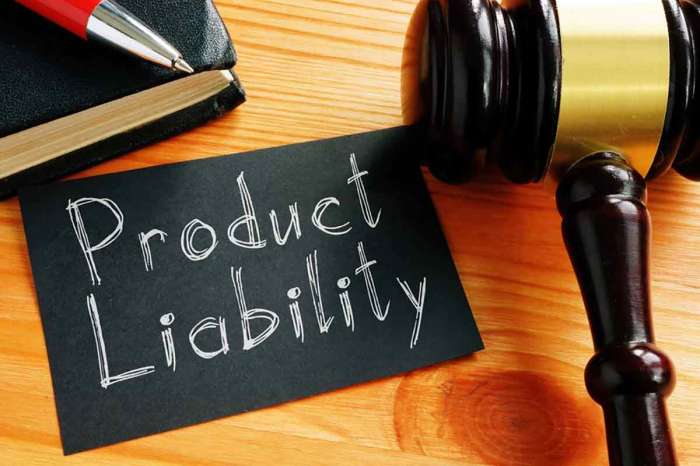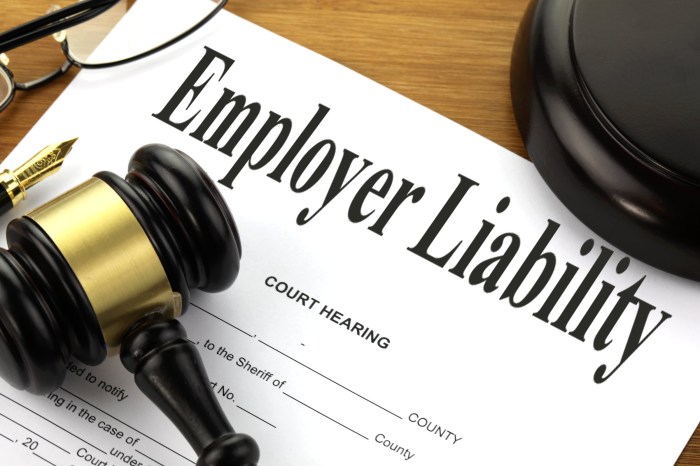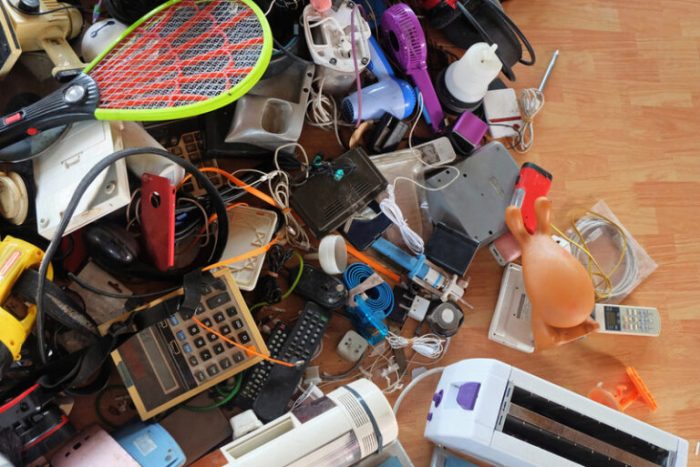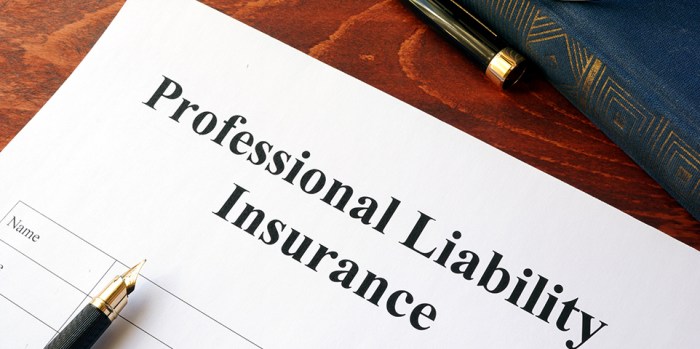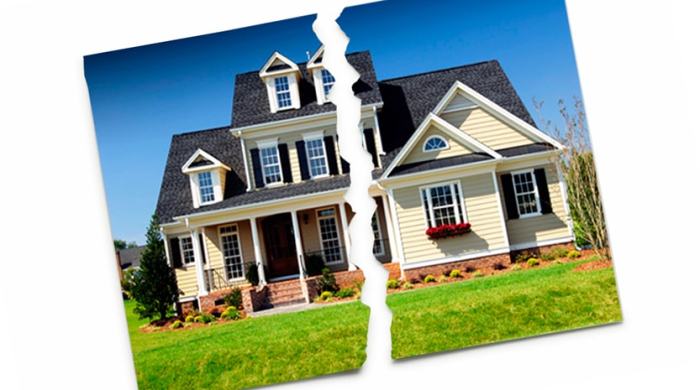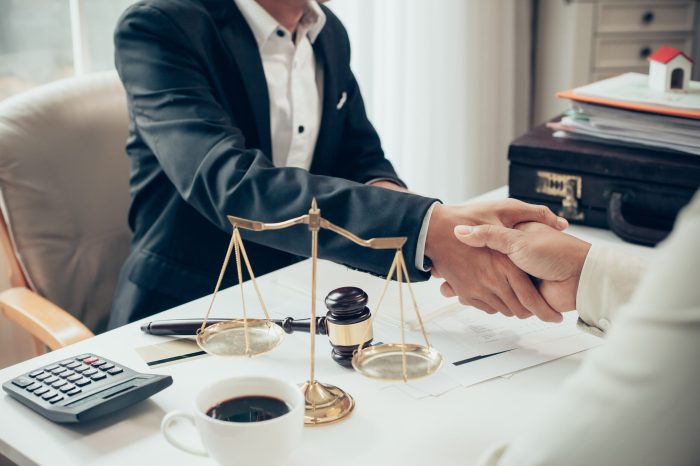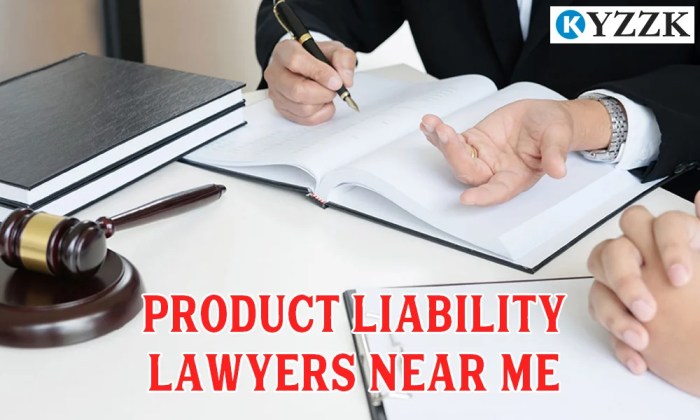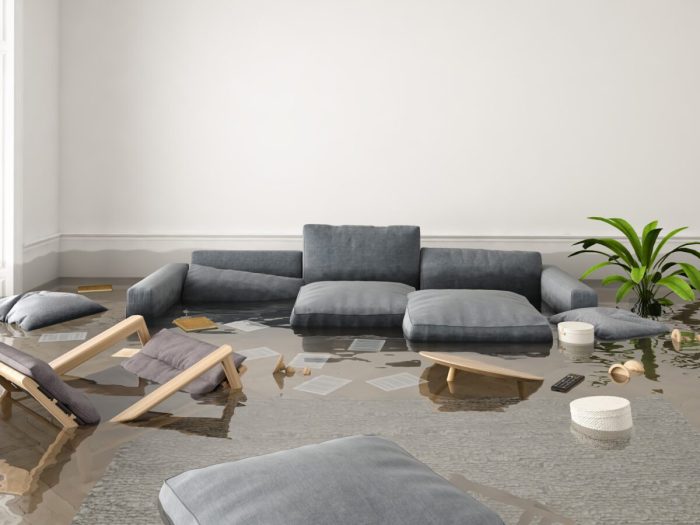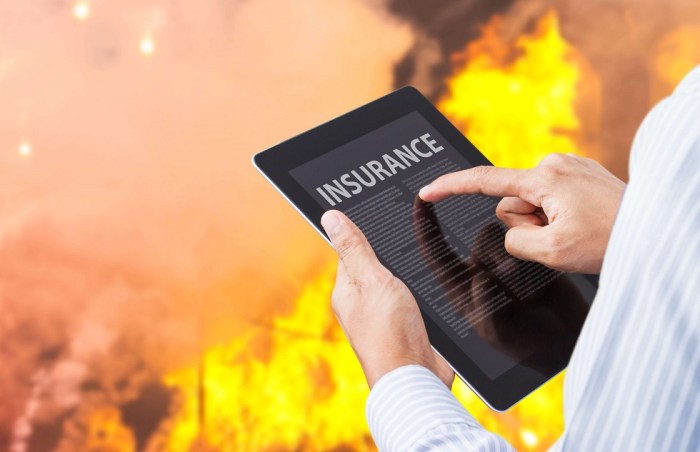Landlord-tenant property damage dispute encompasses defining property damage in rental settings, resolving disputes amicably through communication and mediation, and exploring legal recourse for both parties. This comprehensive guide navigates the complexities of property damage issues between landlords and tenants.
With a focus on clarity and practical advice, this article delves into the nuances of handling property damage disputes to facilitate a fair resolution for all involved.
Understanding Landlord-Tenant Property Damage Disputes

Property damage in a rental setting refers to any harm or destruction caused to the rental property by the tenant during their occupancy. This can include physical damage to the structure, fixtures, appliances, or any other part of the rental unit that goes beyond normal wear and tear.
Typical causes of property damage in rental properties can vary but often include accidents, negligence, misuse of appliances, failure to report maintenance issues promptly, or intentional damage by the tenant. It is essential for both landlords and tenants to understand their legal responsibilities when it comes to property damage.
Legal Responsibilities of Landlords and Tenants
- Landlords are responsible for providing a rental property in a habitable condition at the beginning of the lease term. This includes ensuring that the property is safe, clean, and free from any existing damage.
- Tenants are responsible for maintaining the rental property in good condition throughout their lease term. They should report any damages or maintenance issues promptly to the landlord to prevent further deterioration.
- Landlords have the right to deduct the cost of repairs for any damage caused by the tenant from the security deposit at the end of the lease term. However, they must provide an itemized list of damages and repair costs to the tenant.
- Tenants have the right to dispute any charges for damages if they believe they are not responsible for the damage or if the repair costs are unreasonable. They can seek resolution through communication with the landlord or through legal channels if necessary.
Resolving Landlord-Tenant Property Damage Disputes Amicably

Clear communication is key in resolving disputes between landlords and tenants regarding property damage. By openly sharing concerns, listening to each other, and being willing to find a solution together, both parties can avoid escalating the situation and work towards an amicable resolution.
Importance of Clear Communication
Effective communication is crucial in addressing property damage disputes. Landlords and tenants should communicate clearly and respectfully, expressing their perspectives and listening to each other’s concerns. By maintaining open lines of communication, misunderstandings can be minimized, and a mutually beneficial agreement can be reached.
- Encourage face-to-face discussions or virtual meetings to ensure clarity and avoid misinterpretations that can arise from written communication.
- Active listening plays a vital role in understanding the other party’s viewpoint and finding common ground for resolution.
- Clearly define the issues at hand and work together to come up with practical solutions that address the concerns of both parties.
Strategies for Mediation and Negotiation
Mediation and negotiation can be effective tools in resolving property damage disputes between landlords and tenants. By involving a neutral third party or mediator, both parties can work towards a fair and reasonable settlement without resorting to legal action.
- Choose a mediator who is impartial and experienced in resolving landlord-tenant conflicts.
- Establish ground rules for the mediation process, including confidentiality and mutual respect for all parties involved.
- Encourage compromise and flexibility in finding solutions that meet the needs and expectations of both the landlord and the tenant.
Role of Documentation in Settling Property Damage Disputes
Documentation plays a crucial role in settling property damage disputes by providing evidence of the condition of the rental property before and after the tenancy. Both landlords and tenants should keep thorough records of communications, inspections, and any agreements related to property maintenance and repairs.
Documenting the property’s condition through photographs, videos, and written reports can help clarify the extent of damage and responsibility for repairs.
- Keep copies of all written correspondences, including emails, letters, and text messages regarding property damage and repair requests.
- Schedule regular property inspections to assess any existing damages and address maintenance issues promptly.
- Maintain a detailed inventory of the rental property’s contents to track any missing or damaged items during the tenancy.
Legal Recourse for Landlords and Tenants in Property Damage Disputes

When it comes to property damage disputes between landlords and tenants, understanding the legal recourse available is essential for both parties to protect their rights and interests.
Filing a Claim for Property Damage
- Document the Damage: Before filing a claim, it is crucial to document the extent of the property damage through photographs, videos, and written descriptions.
- Review the Lease Agreement: Check the lease agreement for specific clauses related to property damage responsibilities and procedures for filing a claim.
- Notify the Other Party: Inform the other party (landlord or tenant) in writing about the property damage and your intent to file a claim.
- Submit the Claim: File a formal claim with supporting evidence such as repair estimates, invoices, and any relevant communication.
Eviction Process for Unresolved Property Damage Disputes, Landlord-tenant property damage dispute
- Notice to Remedy or Quit: In cases where property damage remains unresolved, the landlord may issue a notice to remedy the damage or quit the premises.
- Eviction Proceedings: If the tenant fails to address the property damage or vacate the premises, the landlord can initiate eviction proceedings through the court.
- Court Order and Eviction: A court order may be issued for the eviction of the tenant due to unresolved property damage disputes, leading to the removal of the tenant from the property.
Role of Security Deposits in Covering Property Damage Costs
- Security Deposit Purpose: Security deposits are collected by landlords to cover any damages beyond normal wear and tear caused by tenants during their tenancy.
- Assessment of Damages: Landlords can use the security deposit to cover the costs of repairing property damage documented at the end of the tenancy.
- Return of Security Deposit: If there are no damages to the property, the security deposit should be returned to the tenant according to the terms of the lease agreement.
In conclusion, navigating landlord-tenant property damage disputes requires a delicate balance of communication, negotiation, and understanding legal rights. By following the Artikeld steps and recommendations, both landlords and tenants can effectively address property damage issues and maintain a harmonious rental relationship.
When it comes to car insurance, understanding the difference between liability and full coverage is crucial. Liability coverage only pays for damages you cause to others, while full coverage includes protection for your vehicle as well. You can learn more about car insurance liability vs full coverage to make an informed decision on the right coverage for your needs.
When it comes to car insurance, understanding the difference between liability and full coverage is crucial. Liability insurance covers damages to others in an accident you cause, while full coverage includes comprehensive and collision coverage for your own vehicle. To learn more about the pros and cons of car insurance liability vs full coverage, check out this informative article on Car insurance liability vs full coverage.
